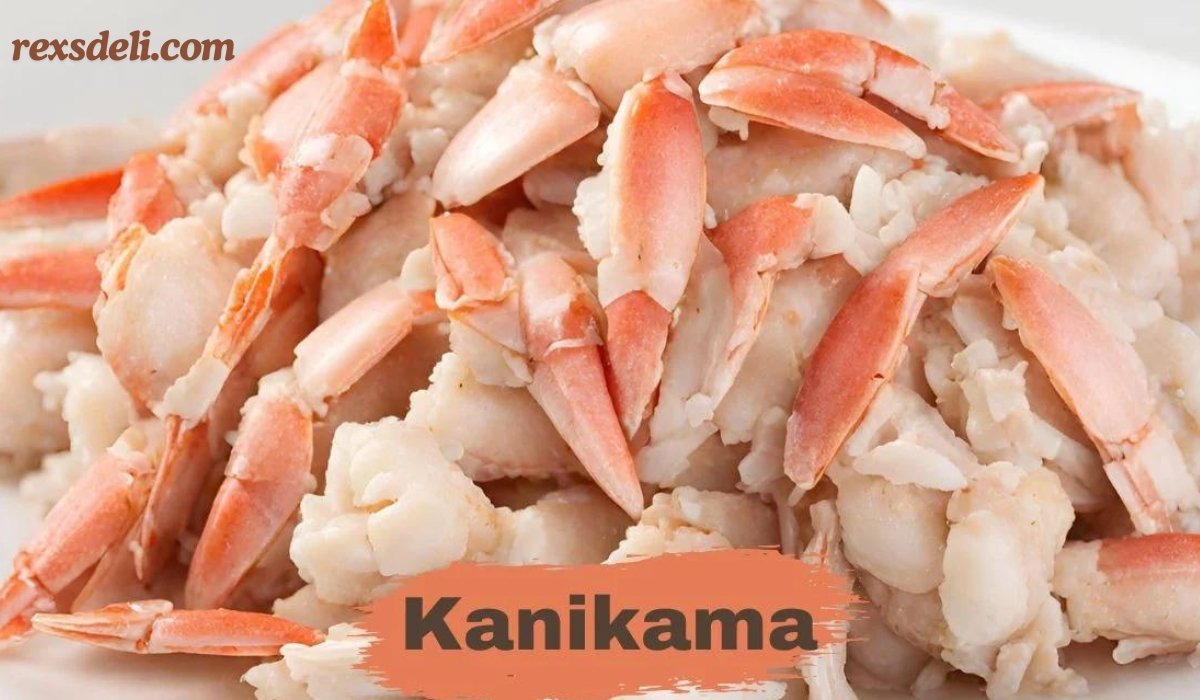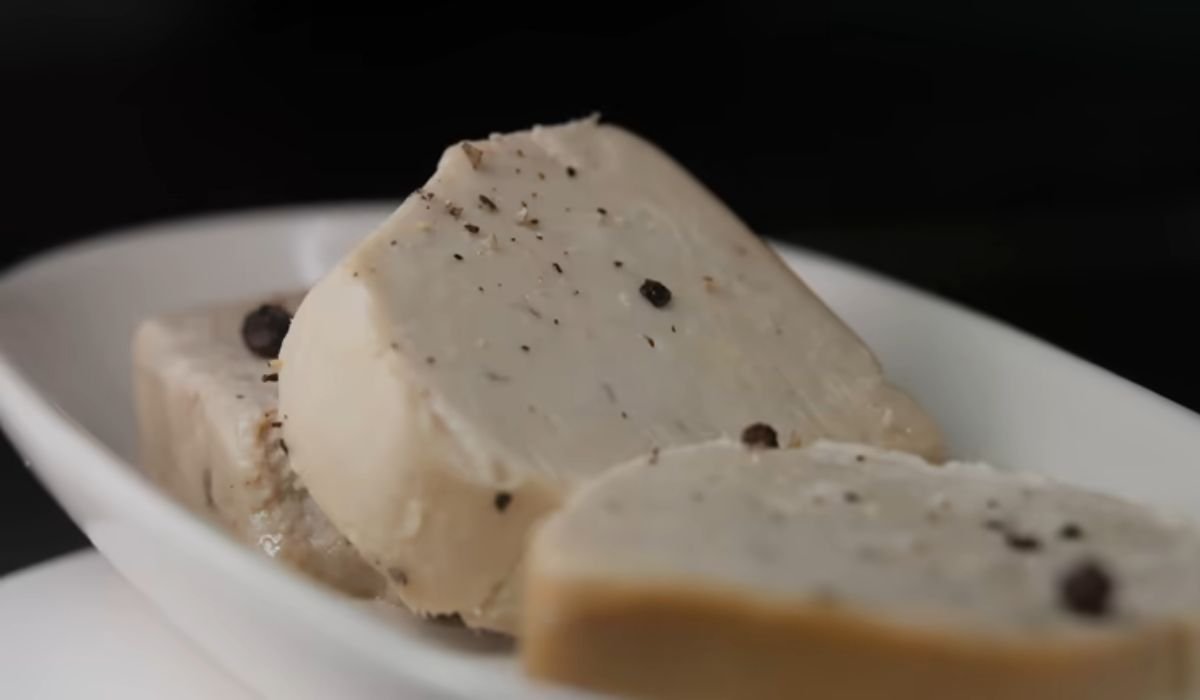Introduction Kanikama
The world of seafood is vast and varied, but few products have sparked as much interest and debate as Kanikama. Known for its striking resemblance to real crab meat, Kanikama has carved out a niche in both traditional and contemporary cuisine. This processed seafood product has not only gained popularity in Asian culinary traditions but has also made its way into kitchens around the globe. What may surprise many seafood enthusiasts and home cooks is that Kanikama is not a modern invention; it dates back to the 1970s. In this comprehensive guide, we’ll explore the origins, production, and uses of Kanikama, and compare it to real crab meat.
What is Kanikama?
Kanikama, often referred to as imitation crab meat, is made from a type of processed seafood known as surimi. Surimi is essentially a paste created from minced white fish, most commonly pollock. The fish is deboned, washed to remove fat and impurities, and then mixed with other ingredients like starch, egg whites, and flavorings. This mixture is then shaped into sticks and colored red to mimic the appearance of crab legs. The result is a versatile and affordable product that closely resembles and tastes like real crab meat.
The Forming Process
The transformation of surimi into Kanikama involves several steps. After the fish is minced and washed, the resulting paste is mixed with various additives to achieve the desired texture and flavor. The mixture is then heated and extruded into long, thin shapes that resemble crab legs. These sticks are often layered to create a more realistic appearance and then dyed red and white. The finished product is then cooked and packaged for distribution. This meticulous process ensures that Kanikama not only looks like crab meat but also has a similar texture and taste.
History of Kanikama
Contrary to popular belief, Kanikama is not a recent culinary innovation. Its origins can be traced back to Japan in the early 1970s. The invention of Kanikama was driven by a need to create a cost-effective alternative to real crab meat, which was becoming increasingly expensive and difficult to source.
The Inventor’s Inspiration
The concept of Kanikama was developed by Japanese food manufacturer Sugiyo Co., Ltd. The company aimed to produce a product that could offer the same culinary experience as crab meat but at a fraction of the cost. By utilizing surimi, which had been used in Japanese cuisine for centuries, they were able to create a product that mimicked the texture and flavor of crab meat. The success of Kanikama quickly spread beyond Japan, and it became a staple in Asian cuisine and beyond.
How Kanikama is Used
One of the key reasons for Kanikama’s enduring popularity is its versatility in the kitchen. It can be used in a wide range of dishes, from traditional Asian recipes to contemporary fusion cuisine.
Traditional Asian Recipes
In Japanese cuisine, Kanikama is perhaps best known for its role in sushi rolls, particularly California rolls, where it is paired with avocado and cucumber. It is also commonly used in salads, tempura, and hot pots. In Korean cuisine, Kanikama is often added to gimbap (a type of sushi roll) and various seafood dishes.
Modern Culinary Applications
Beyond traditional uses, Kanikama has found its way into modern culinary applications. It can be used as a topping for pizzas, incorporated into pasta dishes, or even enjoyed on its own as a protein-rich snack. Its affordability and ease of use make it a popular choice for home cooks and professional chefs alike.
Advantages of Kanikama
There are several advantages to using Kanikama in your cooking. First and foremost, it is significantly more affordable than real crab meat, making it accessible to a wider audience. It is also readily available in most grocery stores and requires no special preparation. Additionally, Kanikama has a longer shelf life compared to fresh crab meat, making it a convenient option for those who want to enjoy seafood without the hassle of frequent trips to the market.
Kanikama vs. Real Crab Meat
While Kanikama offers many benefits, it is essential to understand how it compares to real crab meat in terms of taste, texture, and nutritional value.
Taste and Texture
Kanikama does an admirable job of mimicking the taste of real crab meat, thanks to the flavorings added during the production process. However, discerning palates may notice subtle differences. Real crab meat tends to have a more delicate and nuanced flavor, while Kanikama can sometimes taste a bit more processed. In terms of texture, Kanikama is slightly firmer and less flaky compared to real crab meat, but it still provides a satisfying bite.
Nutritional Value
Kanikama and real crab meat also differ in their nutritional profiles. While both are low in fat and calories, real crab meat is a richer source of essential nutrients such as omega-3 fatty acids, zinc, and vitamin B12. Kanikama, on the other hand, contains additives and preservatives that some individuals may wish to avoid. However, it is still a good source of protein and can be part of a balanced diet.
Price
One of the most significant differences between Kanikama and real crab meat is the price. Real crab meat, especially from premium crab species, can be quite expensive. Kanikama, by contrast, is much more affordable, making it an attractive option for budget-conscious consumers who still want to enjoy the taste of seafood.
Fun Facts about Kanikama
- Global Popularity: While Kanikama originated in Japan, it has gained immense popularity worldwide. It is now widely used in cuisines across Asia, Europe, and the Americas.
- Cultural Significance: In Japan, Kanikama is often used in celebratory dishes and is considered a versatile ingredient that can be used in both everyday meals and special occasions.
- Innovative Recipes: Chefs around the world continue to experiment with Kanikama, creating innovative dishes that showcase its versatility. From Kanikama ceviche to Kanikama tacos, the possibilities are endless.
Conclusion
Kanikama, with its savory taste and versatile applications, has firmly established itself as a valuable substitute for real crab meat. Whether you’re a home cook looking for an affordable seafood option, a food blogger experimenting with new recipes, or a seafood enthusiast seeking to expand your culinary horizons, Kanikama offers a unique and delicious solution. It plays a significant role in modern cuisine, bridging the gap between tradition and innovation. So the next time you’re in the mood for something savory, consider reaching for Kanikama—it might just become your new favorite ingredient.
Frequently Asked Questions
- What is Kanikama made of?
- Kanikama is made from surimi, which is a paste made from fish. It is flavored and shaped to resemble crab meat.
- Is Kanikama healthy?
- While Kanikama is low in fat and calories, it’s important to note that it contains additives and preservatives. However, it is a good source of protein.
- How is Kanikama different from real crab meat?
- Kanikama mimics the taste and texture of crab meat but is slightly firmer and less nuanced in flavor. Real crab meat also offers more essential nutrients.
- Can you eat Kanikama raw?
- Yes, Kanikama is pre-cooked during production and can be safely eaten raw, making it a convenient ingredient for sushi and salads.
- Where can I buy Kanikama?
- Kanikama is widely available in most grocery stores, often found in the seafood or frozen foods section.











